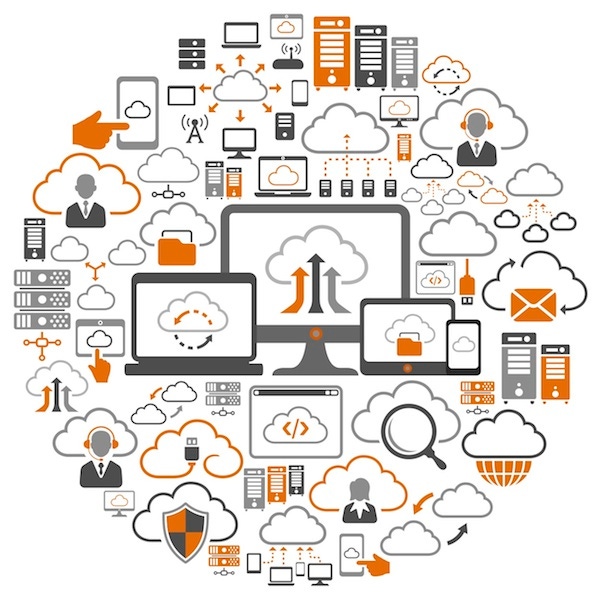MSPs have a potentially big role to play in the IoT movement with literally tens of billions of new devices expected to get connected to cloud networks by the end of the decade.
March 5, 2016

By Charles Cooper 1
Someone surely could have invented a better moniker than The Internet of Things, but let’s not let awkward terminology get in the way of recognizing the implications of one of the decade’s more extraordinary tech transformations.
Simply put, IoT is an umbrella term used to describe a fast-emerging world where a range of “things” – everything from temperature meters to vehicles to bridges communicate and exchange data over the Internet.
This nascent trend is already past the breakout stage and that promises both new opportunities as well as new challenges for managed services providers in this increasingly connected IoT world.
Some 85% of global organizations surveyed recently said they were considering IoT for their businesses. By the end of this year, about 6.4 billion IoT devices are expected to be in use with the number slated to more than double by the end of the decade.
There’s a huge opportunity for MSPs who can help companies select and build the right cloud infrastructures that store, manage and make sense of the data that will be generated by all these newly intelligent devices and sensors.
However, IoT also presents myriad new targets for attackers seeking to break into networks. While there’s no shortage of headlines about IoT security, many deployments still go forward without taking proper security measures. That becomes especially problematic as more physical objects get integrated into the cloud infrastructure.
One of the potential roadblocks is the multiplicity of IoT standards. That’s an additional challenge as companies seek to ensure that their various IoT implementations can safely communicate with backend services and infrastructures on the cloud.
The MSP map for IoT
Taking a disciplined and methodical approach will save a lot of needless gnashing of teeth later on. Here's a simple checklist of what you need to cover when you begin mapping out your client's progression on their IoT journey.
MSPs can start by discussing their clients’ readiness to move into the IoT world.
Examine whether security is being built in at the ground floor, starting with necessary integuments of defense such as firewalls, intrusion detection software, identity management, and antivirus software.
If not, fill in the gaps before the organization starts adding devices that, if improperly secured, will only jeopardize the network.
IoT security at most organizations now gets managed through the IT department, so MSPs will need to have a conversation with their opposite numbers about everything from standards to employ to choosing the right frequency for monitoring device activities. No detail is too small as any irregular feedback could indicate the presence of a breach in progress.
The road ahead
IoT's potential impact as a disruptive technology has been likened to that of the development of the Internet.
MSPs can also bring their expertise building networks to bear on building a broader solution, which may require collaboration between manufacturers, software developers, consultants, and other partners. The larger goal will be to ensure that IoT security extends across each device, sensor, operating system, and application in the organization’s ecosystem.
We’re in the early stages of the IoT revolution. But it will require no small amount of handholding as companies navigate their way into this next computing era.
This content is underwritten by VMware
You May Also Like
